 Story by Christopher Hector
Story by Christopher Hector
It is a stimulating experience every time I catch up with the French breeding expert, Arnaud Evain. Each time he seems to have a new project and a head full of new insights into the business of breeding jumping horses. I’m lucky, Arnaud’s daughter and grand-children live in my home city of Melbourne, and that makes him a regular visitor.
When he arrived in Melbourne he was carrying an English translation of his most recent publication, The PAX book – Breeding Assisted Cross Program. The book is designed to teach readers how to assess their mares so that the results can be entered into the GFE produced PAX program to identify their best match out of the fifty or so stallions that are offered by Arnaud’s GFE. The truth is – and I not sure Arnaud will thank me for saying it – that reading the book is a valuable aid for the mare owner, even if he is not thinking of using any of the GFE stallions. It is dotted with the insights of an exceptionally intelligent student of the art of breeding…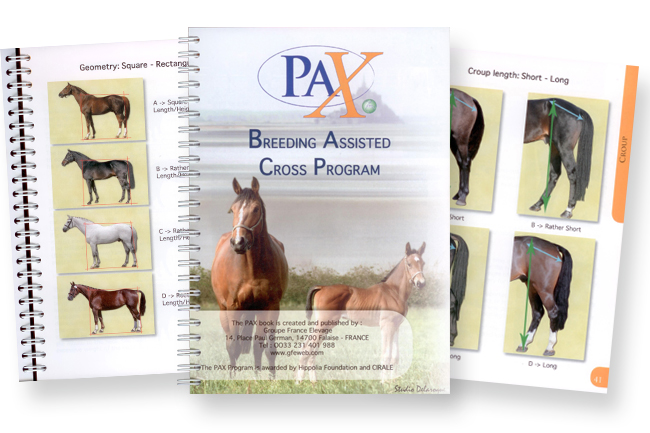
To use the PAX system, the mare owner must assess his mare on each of the 23 criteria, and the book helps in this process of evaluation. For example, Chapter 1 is headed ‘Geometry’, with diagrams to help identify if your mare is: square – squarish – somewhat rectangular – rectangular.
Arnaud is quick to point out:
“It must be emphasized that the functional significance of a morphological feature is in interaction with other features. It is impossible to predict the jumping ability by simply looking at the silhouette.”
“A long silhouette is a plus for a flexible horse and becomes a disadvantage if he is stiff! An uphill horse is an advantage if it has a powerful hindquarters and disadvantage otherwise!”
“We see that the work will play a key rôle in the functionality of the silhouette. We do not work the same way with a strongly rectangular horse as we do an extremely square horse, or work an uphill horse like a downhill horse.”
“Apart from the amount of muscle and tone, the flexibility and the natural balance of gaits, the shape and size of the shoulder and croup, and jumping technique, are the parameters that interfere the most with the silhouette to produce expected results.”
“Note that all outlines are found in the Grand Prix paddock, from the square Jappeloup to the horizontal Touch of Class, an uphill Milton to a rather downhill, Electra.”
And so it goes. Having assessed the physical attributes of the mare: head, neck, shoulder, withers, upper line, croup, fore legs, hind legs, fetlocks, feet, bones & joints, size and lines, we move on to: walk, trot and gallop. Once again, we find snippets from Arnaud like: “For the jumpers, the symmetry and balance of the trot are better than the magnitude and even the suppleness.”
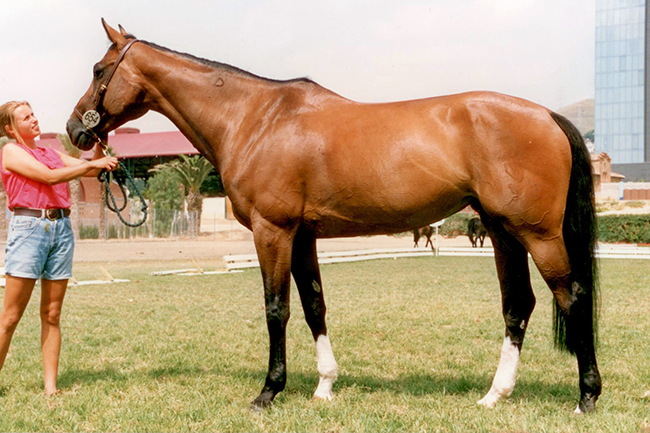
Arnaud evaluates the mare, Classic Touch:
Slightly rectangular, uphill, horizontal short neck, slightly hollow shoulder, straight back, slightly straight hocks, medium bones and strong joints. If she moves stiffly, balance will be a problem because of the neck orientation but if she has enough looseness and power in the limbs, the combination with straight hocks and straight back will match well!
Or on the all important canter: “The suppler and the more balanced the canter is, the easier it is to vary the stride’s length during the course and the easier it is to get the engagement of the hindquarter for take off at the time of the jump.”
“The longer the canter stride will be, the broader the trajectory, and more it will facilitate the rider’s option to remove a stride between the fences… The longer the stride, the more delicate it will be to handle for the rider, but the more it will allow the combination to reach the higher level.”
Breeders then have to evaluate the jumping technique of their mare, her ‘blood’, her behavior at stud in the herd and her interaction with humans, although Arnaud points out that “there are little or no publications that allow us to make the link between observable behavior parameters and athletic performance. This is why this chapter takes the form of a discussion and that is also why readers are invited to enrich it by their contributions…” Arnaud suggests that: “These traits can be correlated with blood but not totally. There are emotional horses that lack blood, when they get stressed they ‘lose it’ instead of reacting more quickly and efficiently, and there are placid horses who when it is required, show all the energy and responsiveness the situation demands (it is often one of the qualities of the Kannan and Mr Blue offspring.)”
It was good to sit down with Arnaud over a glass of wine and discuss his PAX project, and, of course, we ended up talking about a whole lot more than that…
How long have you been working on this project?
“About 40 years and two months. It took me one month to write the PAX book but it is the result of my 40 years of traveling and experience, watching sport horses in competition and all those things.”
Reading through the book the only problem I see is that you can put in your mare’s characteristics, but then when you want to find a stallion, it only works with the GFE stallions – so for instance, if you want to work out which of your mares will work best with Heartbreaker, you don’t have his profile to do that calculation…
“Actually we are in discussion with several studbooks, especially the Selle Français, to see if we can enlarge the program to other stallions, and eventually the young French genetic, but right now, it is exclusively for GFE stallions. We are not comparable with Apple or Microsoft, but we developed our own software for our own stallions – but we are open minded people, it might change in the future.”
“I have spent a lot of time trying to explain this system to breeders all around the world. We are using it on our own mares for this upcoming breeding season – my wife has now introduced all her mares into the databank and she can use it both ways, either to find a stallion for the mare, or find a mare for the stallion she wants to use. It just helps you to go faster through all the possibilities of crossing your mares and deciding if you want to take the risk on a potential cross. The mare owner can say ‘I want to use this stallion’ but then using PAX you can discover that you are going to get a chestnut foal with an ugly head, and is that what you want? For professional breeders, it is a very useful tool.”
For the amateur breeder, is it going to be difficult for them to accurately describe their mare?
“That is the limit of the PAX, it is the ability of the breeder to make that assessment. That is also why we are in discussion with the studbook, and eventually they are going to help us by providing assistance to amateur breeders all around the country to measure their mares. Eventually we will help them by giving access to our PAX tool for the young stallions of the studbook.”
In countries where they have mare and stallion tests, then they would already have those evaluations…
“They do, like in Holland, but the task is to move from the measurements to a tool that is helping the decision, so you have to decide whether an oblique shoulder with an oblique shoulder is a good point or a weak point. This is something we have done with our GFE team of experts, and so far I don’t know a studbook that has done the same work, but some of them could really make this move – I’m thinking of the KWPN or the Hanoverians, they could easily make the move if they want to take the risk of developing their own software.”
When we look at the KWPN website, all of those stallions have all those marks that you need to work your system…
“I must admit that this has been inspiring me in the past, these measurements of the Dutch stallions but once again, the originality of the PAX is to move from the observation to a numeric assistance to help with the decision, and showing both the advantages and the disadvantages of one particular cross. It is always difficult for a studbook to tell the breeder, if you use this stallion with this mare, this is not going to match – because the stallion owner might not be very happy. It is easier for a private institution, like we are, to make this decision because we have 50 stallions in our program, so at least five of the fifty will match perfectly every single mare, so we have no problem that we are going to lose the clients, which is not true if the studbook, helps the mare owner make a decision that is going to disadvantage one particular stallion owner – hey I’m a member of your association and your system is breaking my sales.”
“I know some of the studbooks are observing the development of the PAX system to decide if they are going to make the move or not… I’m curious.”
When we are talking about objective measurements, it is interesting that now we have three sets of horse and stallion rankings: the original WBFSH rankings, the Hippomundo rankings and the Horse Telex rankings…
“If we go step by step, the World Breeding ranking is the oldest one. It is based on the top level, but it only awards points for 16 horses in the class, whether there are 40 or 80 starters. And in the stallion rankings, it doesn’t take into account the number of progeny of each stallion. That is what encouraged Hippomundo and Horse Telex to make their own rankings, with the average prizemoney earned in competition by the winner, that’s the Hippomundo system, or by starters, that’s the Horse Telex system. Those two classifications avoid the WBFSH system favoring the stallions with a huge number of progeny, because they go on the average winnings, and they also enlarge a bit the number of competitions.” 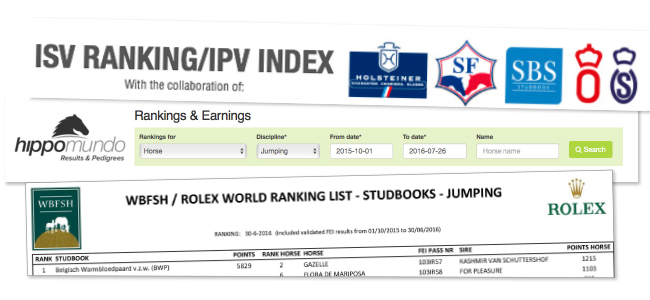
“Hippomundo includes all international competitions, but they have the disadvantage that they don’t make a difference between a very well paid Grand Prix on the Global Champions tour, where the winner in the 1.60 class will make three times more money than the winner of the Grand Prix at a five star CSIO, for the same level of performance. So the new Horse Telex ranking has tried to correct this effect, by not using any more the prizemoney but giving points to performance. In the 1.60 Grand Prix, they give the same number of points to all the horses that perform a clear round, and then after the jump off, the winner receives additional points. But in the same Grand Prix, if you only have some time faults, they you will receive points, and if you have only one rail, then you can still receive some points at a certain level. If you go down to the 1.40 classes, then there are also points for a clear round, but a smaller number of points. What they have tried to do is like a handicap in a race, they try to make an evaluation of the sport value of the horse, by its performance.”
“For example, a clear round in the Friday class, the warmup for the Grand Prix, where the rider has no intention to win, so it is a slow clear round, in the World Breeding Rankings, he will end up maybe 15th, and no real points – but in the Horse Telex rankings, he will get a fair number of points because he has been preparing for his Grand Prix with a clear round in a 1.60 class. So I think this Sport Value index is an interesting index.”
“On the basis of the Sport Value index, Horse Telex has made a progeny value index, which is the average of the Sport Value of all the progeny of the stallion. Once again, it eradicates, the effect of the number of progeny and it takes into consideration, the ability to perform at a high level, or at a medium level, and this is for me the most accurate system. However I should point out that one could say that the horse that has competitors only for the top level, not for the amateur / 1.40 level will benefit from this system – horses like Baloubet, or For Pleasure, or Cornet Obolensky – and that horses with a lot of competitors in the lower classes, like Kannan, will have their progeny value drop down a little. Stallions like Cornet and For Pleasure are not stallions you breed to, to produce a horse for the average rider. When you breed to Cornet, your target is not to breed a horse for an amateur, it is to breed a horse for the top level with a top rider. When you breed to Kannan or Contendro, you can expect many riders to be able to ride the horse you are producing.”
“I think we are close to a very reliable system with the new IPV from Horse Telex. It is a good competition these sets of statistics from the FEI, from Hippomundo and Horse Telex, they are all trying to get better and better, more accurate instruments to help the breeders to see what is really heritable in the quality of the stallions.”
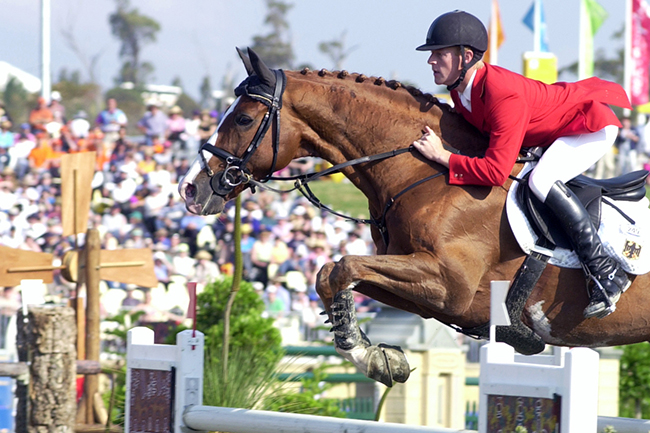
“Stallions like Cornet and For Pleasure are not stallions you breed to, to produce a horse for the average rider. When you breed to Cornet, your target is not to breed a horse for an amateur, it is to breed a horse for the top level with a top rider. When you breed to Kannan or Contendro, you can expect many riders to be able to ride the horse you are producing.”
Do they tell us anything more than what someone who reads the results fairly intelligently and looks at the sport reasonably closely, already knows? It didn’t come as a surprise that the top three on the Horse Telex rankings were Cornet Obolenksy, Baloubet du Rouet and For Pleasure…
“Now with the breeding technology we have, there is often a big distance between where the mare lives, and where the stallion is based, and the marketing ability of the stallion owners becomes more and more sophisticated, with more reasons to breed to their stallions, so I think it is very good to have facts that the mare owner can rely on – like what we are working on with the PAX system. That’s why we are working on those intelligent index systems, to give as many objective tools as possible to the breeders to compensate for the effects of the good marketing and the good photographers.”
Yet, time and time again, when I have asked breeders of very famous horses, how did you decide to send this mare to this stallion, it is pure luck, the stallion was the closest, or the breeder’s father used this stallion station so, so did he, or he had a fight with the guy he usually sent his mares to, or…
“I wouldn’t say just luck, when you look at the exceptional horses, then there is usually a story that goes with it, but when you look at the average the story is different. If you go to your forest looking for mushrooms, a Bolete is always an accident, you cannot cultivate Boletes, but you can have places in your wood more inclined to produce Boletes and you can work on that a little bit, try to have a favorable environment – it doesn’t mean you are going to have as many Boletes as you want, but you are more likely to get some. One of my neighbours, a horse breeder, says in breeding ‘two plus two, is never four’, but if you make three plus three you have a better chance to get four, than if you just have one plus one. Use the tools, but breeding a champion will always be an accident, a little bit the responsibility of the breeder and a big responsibility of the people managing the story of the horse – from the breeder to the first rider to the course designer of the competition that made him famous. When you go to the story of any champion, you can say it is a lot of luck but just because luck is involved, it does not mean you should not work it as professionally as possible because the earlier you wake up, and the later you go to bed, the greater the chance you will be there to open the door when luck knocks.”
Recently, Leon Melchior, the founder of the Zangersheide Stud, died. Here was a very good example of a hugely intelligent man, with amazing energy, with a lot of money to spend, who went out and secured the best stallions, put together an incredibly well bred mare band, was at the cutting edge of veterinary care and research, was as passionate a breeder as Europe has seen and who had a well developed breeding philosophy – and yet, he was not as successful as he should have been given all the factors he had in his favor – really he was probably not a lot more successful than some of the old farmers who just bred to the nearest stallion…
“It is what we said before, it is not because you make three plus three, that’s what Leon did, you are going to get four. Luck will play a rôle, and Leon maybe wasn’t as lucky as some other breeders in Belgium or Holland or France. But for example with the Sport Value Index, you can make a value for the individual breeder by adding and making an average for all the sport horses he has produced, and probably you will see those three plus three breeders will end up with a better average product, even if they don’t produce the champions. We should investigate more the average, you create favorable conditions to breed a champion, then it either happens or not. That is one of the good things about these new statistics, they will tell us more about the average success of a breeder like Leon Melchior, not just how many champions did he breed. The sport value index will help rank the breeders more accurately than just how much luck did you have in your life…”
If it’s possible, can you take your GFE hat off for a while and look at what other stallions there are that will make an important contribution in the next few years?
“Let’s put the question another way – what stallions would you like to introduce into your GFE program…”
There’s a Holsteiner called Casall…
“We talk about the link between the wither and the back and the top line, and Casall doesn’t have a very prominent wither but he has a strong attachment from the wither to the back, and that’s the thing the Holsteiner had to improve, so that is why he has been quite good over Holsteiner mares. I’m not sure that is exactly what we need in France, but I think Casall will be very good for Holland and some Belgian mares as well, and of course useful in France. A very nice stallion for France and an improver for Holland. Casall is in my opinion a nice target for us in the future.”
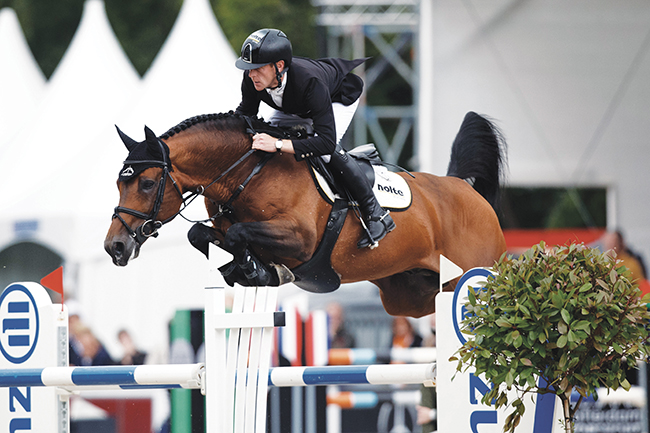
Comme il Faut is a mix between Cornet Obolensky and Ramiro, so it is ice and fire, we will see how he produces. It is a very good cross but it is a cross with a lot of extreme characteristics mixed together.
Who else do you like, Comme il Faut – we’ve been waiting for Ratina to produce something?
“Comme il Faut is available in our program and we will see. We have given the first characteristics for Comme il Faut in the PAX program, and there are characteristics that might change in the future when we see more of the progeny. I have no background on the Comme il Faut production because it is a mix between Cornet Obolensky and Ramiro, so it is ice and fire, we will see how he produces. It is a very good cross but it is a cross with a lot of extreme characteristics mixed together. Will he end up producing everything between those two extremes or will he end up producing close to the middle between the two extremes? That is something that is not easy to predict.”
“I used to say, a Galoubet son with a cute head, will he reproduce his cute head, or Galoubet’s head? So you have to go through the progeny. When you have a stallion that is the mix of two extreme characteristics, you really have to wait and see the progeny to see whether he is stamping or passing all the genes within him. As an example take Dollar de la Pierre who was an extremely interesting sport horse, he is producing some really nice jumpers but in terms of colour, size, blood, he is producing a little of everything. It doesn’t mean he is not an interesting stallion, but just that he is a little unpredictable. So was his sire, Quidam de Revel, a bit unpredictable. Those are in the category of stallions where I love to see the progeny from the other breeders, rather than use it myself because I am always scared of what I am going to get.”
“Let’s take an example. If you want to fix a characteristic, let’s say, to produce horses one metre sixty five. If for three generations you cross mares 1.65, with stallions with 1.65, you will end up producing 90% of the progeny 1.65. But if you keep using mares 1.60 with stallions 1.70, you are going to have an average of 1.65, with everything from 1.60 to 1.70.”
There is a stallion Van Gogh, if he comes on the market will you buy him?
“Yes, because he is working very hard for his marketing, so he is going to be easy to market, and very soon we will know if he is as good as we expect him to be in his progeny. Zirocco Blue is another interesting stallion in our catalogue…”
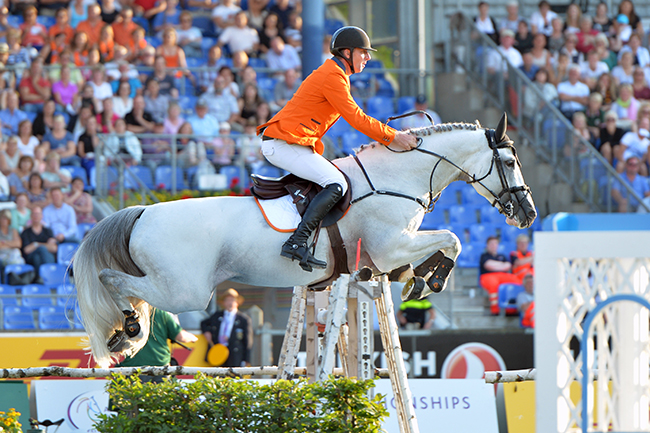
“Zirocco Blue looks like he is giving the strong back, strong topline, and the good propulsion that he gets from himself and Mr Blue. Like his father, he doesn’t deliver the cutest head, and like Mr Blue and some of his progeny that we are starting to see at a good level, he seems to produce horses that give all that they have at a show.”
What will he give?
“Zirocco Blue looks like he is giving the strong back, strong topline, and the good propulsion that he gets from himself and Mr Blue. Like his father, he doesn’t deliver the cutest head, and like Mr Blue and some of his progeny that we are starting to see at a good level, he seems to produce horses that give all that they have at a show. It is for me very important, that if a horse from his father and mother gets a potential of 80 and he gives you 78 without any special work, he is a 78 grade stallion. If a stallion thanks to his father and mother, has a potential of 100 but he gives you 60 and you have to ask for the rest, then he is a 60 grade stallion and the rest is the job of the rider.”
“Some stallions, like Mr Blue and Kannan, their quality is that their progeny give what they have. If they don’t have all the quality, at least they will give all that they have, and if they are good athletes, they will perform very consistently at the top level.”
Do you like any of the Nabab sons?
“I have to say as the manger of GFE I am sitting at my desk on the top floor of the building and I wait for the trees to come to the top floor – I’m not looking down. We have our own program of young stallions and for the stallions from the other countries and studbooks, we only pay attention to them when they attract our attention by the progeny.”
I can remember you thought For Pleasure wasn’t a very good stallion…
“You remember well, he is producing champions, so that is one of the many mistakes I have made. For Pleasure has produced champions, but – and you could probably say this also about Kannan – not very easy to identify when they are three years old, not very sexy as three year olds. They seem to be very rideable, and that takes time to recognize, and that is why he is now a very important stallion, five years after he has passed away.”
Mylord Carthago?
“Mylord, the same story. Mylord has from Carthago the athletic ability, but it took Mylord Carthago a long time to become an efficient athlete, and it seems that the progeny of Mylord also needs time to become efficient. They need time to build up.”
“There are two speeds on the market. The speed of selling foals and three year olds, which is the concern of all the people who breed for money and they need to sell young. Then there are stallions like Mylord and Kannan or For Pleasure, that are not so popular for this business. If you want the first market, there are stallions like Heartbreaker, Caretino, Catoki, cute, spectacular jumpers, even if they haven’t got all the scope and all the power. If you are looking to produce a champion for the long term, you might consider For Pleasure or Kannan – the breeder has to decide what he wants to produce.”
Is there a young French stallion that we don’t know about, that is going to burst on the scene in the future and surprise us?
“Behind this question is a very interesting point – how can we identify at an early stage the up-and-coming Casall, or Kannan or Cornet Obolensky? The only way is get them to breed enough mares, and that is the main concern for every studbook in Europe – to get their young horses to cover enough mares.”
“Take one example I know well, it’s our young stallion, Up To You (Calvaro / Olisco / Cabdula du Tillard). At this stage I can only say ‘hope’, because the first progeny are only two years old, but the first signs are very positive. He has the pedigree, he has the temperament, he will have good performances in the future, and we will have the offspring because we have managed to get him enough mares. He has been covering 60 – 80 mares every year, so we have 40/50 progeny per year, it’s enough that by the time he is 12 years old, we will know if it is an interesting stallion or not. I suspect that we have more than one Up To You in France, and all the others have only bred five or ten mares a year, so it is going to be hard to find out which of them is the good one. That’s a common problem to a lot of studbooks in Europe.”
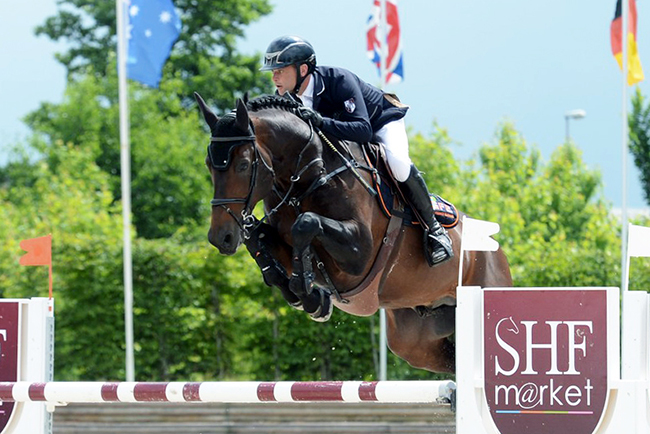
Up To You – He has the pedigree, he has the temperament, he will have good performances in the future, and we will have the offspring because we have managed to get him enough mares.
You think that breeding is recovering from the big down swing that has happened over the past five or so years?
“Yes, I think we have touched the bottom and things will go better. I don’t know exactly who is going to be the first to benefit from that, but if you look at the availability of horses aged from four to ten years old, in the next five years, which is something you can calculate from the registered births, you will see that the population of marketable horses will decrease by 20% in the coming five years, of that there is no doubt, and no possible correction, because there is no part of the world that can supply horses into the European market. So for sure the number of available horses will decrease by 20%, and the offer of top quality horses will at least not go up, and probably will also drop down by 15-20%, while the demand according to the number of new riders around Europe, according to the number of international competitions, according with the emerging countries that are entering the top level market – I’m thinking of Eastern Europe, the Middle East, China – the demand will get stronger.”
“Will it affect only the prices of the top horses? I think there we have sort of reached a peak, if you want to compete in the coming 12 months at the WEG level or the Olympic level, you have to be prepared to put more than one or two million out of your pocket, which is already a huge amount of money. The people who provide these horses, are the ones who can pay one or two or three hundred thousand euro for a prospect. If they can’t buy these prospects for the very top level as six year olds, then they will have to spend their money on five year olds, so I suspect the first effect of this tendency, is that the speculation will go earlier or closer to the source of the top horses. More to the three years old, eventually to the foals, because the people who can sell a very good four year old, will immediately spend that money to buy a very good foal for their next very good four year old.”
“For the average horses, the market will also be affected by this tendency, but in what way, in terms of time and money, I have no idea.”
Time to finish our coffee, bid our farewells, but hopefully the discussions with Arnaud will go on for many years to come…
This article first appeared in the September 2016 issue of THM.



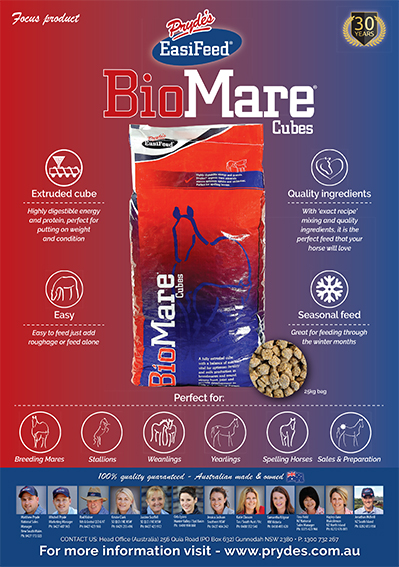
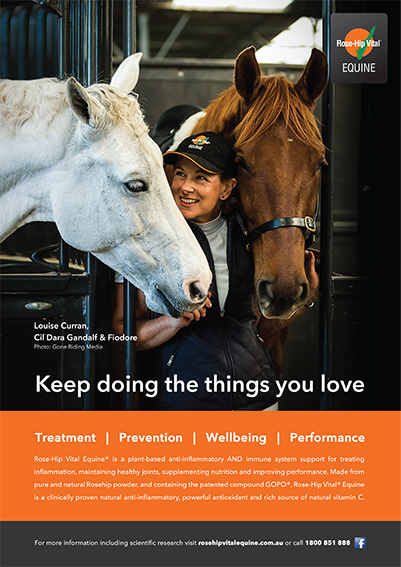
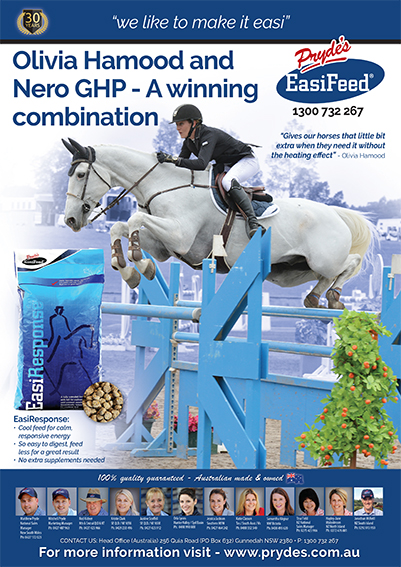
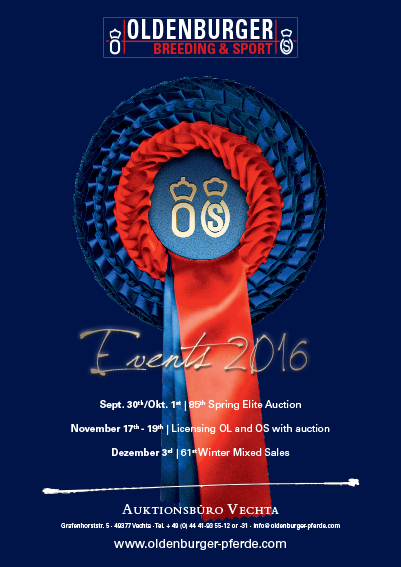
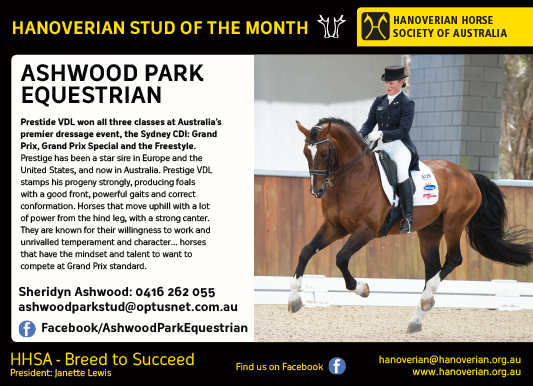
Fascinating as always!! Brilliant insights